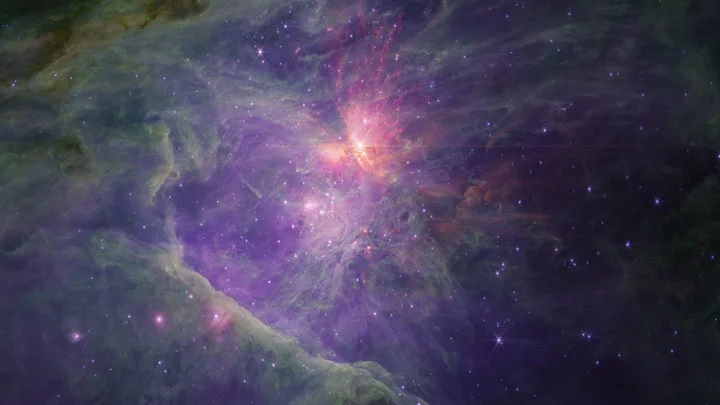
New discovery of rogue planets defies scientific theory and leaves experts baffled
Planet-like objects in the Orion Nebula have been revealed for the first time in images from the James Webb Space Telescope. The Orion Nebula, one of the brightest nebulae in the night sky, has long presented astronomers with an abundance of celestial objects to study. It is identifiable as the sword in the Orion constellation and is located 1,300 light-years from Earth. Astronomers managed to discover unprecedented details by capturing mosaics of the Orion Nebula in short and long wavelengths of light. Whilst searching for low-mass objects, astronomers Samuel G. Pearson - a European Space Agency research fellow at the European Space Research and Technology Centre in the Netherlands - and Mark J. McCaughrean - senior adviser for science and exploration at the European Space Agency - came across something they had never before seen. Their discovery appears to defy some fundamental astronomical theories: pairs of planet-like objects with masses between 0.6 and 13 times the mass of Jupiter. They have been dubbed Jupiter Mass Binary Objects, or JuMBOs. "Although some of them are more massive than the planet Jupiter, they will be roughly the same size and only slightly large," said Pearson. The astronomers found 40 pairs of JuMBOs, and although they exist in pairs, the objects are typically about 200 astronomical units apart, or 200 times the distance between Earth and the sun. This means it can take between 20,000 and 80,000 years for the objects to complete an orbit around each other. McCaughrean and Pearson have written two research papers based on their discoveries in the Orion Nebula. The preliminary findings are available on a preprint site called arXiv whilst the studies have been submitted to academic journals for publication. But many questions about JuMBOs remain. "Scientists have been working on theories and models of star and planet formation for decades, but none of them have ever predicted that we would find pairs of super low mass objects floating alone in space - and we're seeing lots of them," Pearson said. "The main that we learn for this is that there is something fundamentally wrong with either our understanding of planet formation, star formation, or both." Sign up to our free Indy100 weekly newsletter Have your say in our news democracy. Click the upvote icon at the top of the page to help raise this article through the indy100 rankings.
2023-10-07 21:03

India tells X, YouTube, Telegram to remove any child sexual abuse material
MUMBAI (Reuters) -India has sent notices to social media platforms X, formerly known as Twitter, YouTube and Telegram asking them
2023-10-07 18:57

Smartphones Are Stuck in a Rut. AI Could Be the Cure.
Apple's latest iPhones and Google's new Pixels all have the same issue: a lack of real innovation. Here's how AI could make phones exciting again.
2023-10-07 16:00

Orcas have been bullying porpoises for years – and scientists are baffled
An orcas diet consists of Chinook salmon and can eat up to two dozen fish a day - so why is it that the killer whales like to bully porpoises despite them not being part of their diet? That's the question which has left scientists scratching their heads, as the study published in Marine Mammal Science seeks to add further understanding to this subject. Around 78 cases of orcas targeting porpoises were noted by researchers from the UK, USA and Canada. It was said to be happening in the Salish Sea (located in the Canadian province of British Columbia and the U.S. state of Washington). Some of the orcas' bullying tactics include pushing the porpoise along with their nose, holding the porpoise in their mouth, balancing the porpoise above water, slapping the porpoise with their tail, and raking the porpoise with their teeth, according to Science Alert. Killer whales also use porpoises as playthings as they catch them before letting them and proceeding to chase them once more - and they even play toss them around in a 'pass the porpoise' game, say whale watchers. That's some textbook tormenting. Out of these sightings, 28 of them have ended in the harbour porpoise (Phocoena phocoena) or a Dall's porpoise being suspected to have been killed, though there's no record of the porpoises being eaten by the orcas. In terms of size, the porpoise is said to be fairly small being a similar size to a Chinook salmon - a large fish species that can grow up to 1.5 meters (5 feet). There are three theories that have been considered by the experts. Firstly, the bullying is all about creating coordination, and cohesion within the group of orcas, or alternatively that the orcas do this as a form of hunting practice. The final theory is that orcas could be trying to look after weak porpoises as if they were their own aka 'displaced epimeletic behaviour.' This mismothering behaviour – also known as 'displaced epimeletic behaviour' to scientists – might be due to their limited opportunities to look after youngsters as the stat shows. "Our research has shown that due to malnutrition, nearly 70 per cent of Southern Resident killer whale pregnancies have resulted in miscarriages or calves that died right away after birth." It seems that orcas are not the only bullies of the seas, as smaller dolphins e.g. bottlenose have similarly been seen harassing and killing for no clear reason. Sign up to our free Indy100 weekly newsletter Have your say in our news democracy. Click the upvote icon at the top of the page to help raise this article through the indy100 rankings.
2023-10-07 15:20

Hackers advertise sale of 23andMe data on leaked data forum
By Raphael Satter WASHINGTON A hacker is advertising millions of "pieces of data" stolen from the family genetics
2023-10-07 05:28

US regulators weigh penalizing bankrupt crypto lender Voyager's ex-CEO - Bloomberg News
(Reuters) -Investigators at the U.S. Commodity Futures Trading Commission's enforcement division have concluded that the co-founder of Voyager Digital broke
2023-10-07 01:55
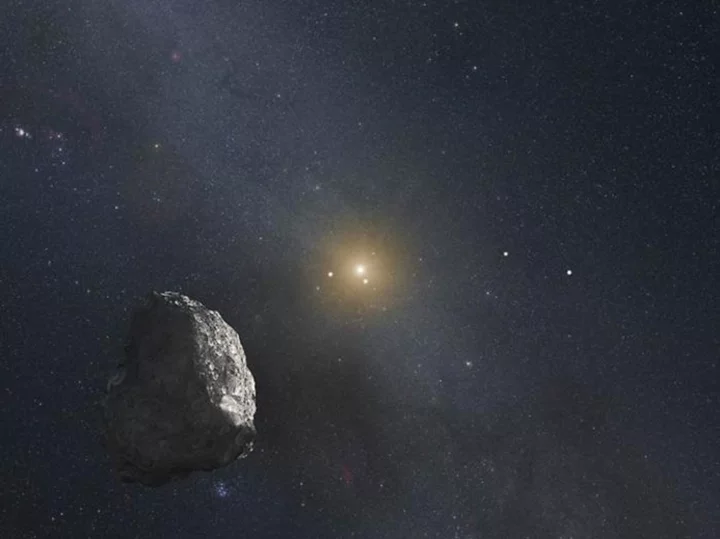
‘Planet Nine’ hidden world at the edge of our solar system could actually be something else, scientists say
A supposed “planet nine” that lies hidden at the edge of our solar system could actually be something else entirely, according to scientists. The unexplained movement of objects at the edge of our solar system has led some to propose that they are being influenced by another world, hidden in the dark distance of our planetary neighbourhood, that they have referred to as planet nine. Objects at the far reaches of the solar system behave as if they are being pulled around by an object that we cannot see, which is probably another planet, they suggest. But a new study by researchers Harsh Mathur, a professor of physics at Case Western Reserve University, and Katherine Brown, an associate professor of physics at Hamilton College, say that those movements are instead the result of a modified law of gravity. The scientists plotted what would happen if the objects were being governed by a theory known as Modified Newtonian Dynamics or MOND. That suggests that Newton’s usual gravity only works up to a point – that in the outer regions of galaxies, for instance, gravity behaves in unusual ways. They found that the data lined up, and applying the MOND theory to the existing observations seemed to predict them exactly. “The alignment was striking,” said Professor Mathur. They note that the findings do not necessarily rule out planet nine – or another explanation for what is going on. Some researchers have suggested other explanations for what the objects could be, for instance, while others have suggested that the claimed effect is just the result of when the distant objects tend to be observed. “Regardless of the outcome, this work highlights the potential for the outer solar system to serve as a laboratory for testing gravity and studying fundamental problems of physics,” said Professor Brown. The findings are reported in a paper, ‘Modified Newtonian Dynamics as an Alternative to the Planet Nine Hypothesis’, published in The Astronomical Journal. Read More Watch live: Amazon launches first internet satellites aiming to rival Starlink Stargazing in October: A sleeping giant Prada to design Nasa’s next-gen space suits for Artemis astronauts
2023-10-07 01:41

Spotify preparing to launch ‘Supremium’ tier with new features and higher price, rumours say
Spotify is preparing to launch a new “Supremium” tier, with extra features for a higher price, according to new rumours. The membership will cost $19.99 – twice the current price – and offer a variety of new features. Chief among them is expected to be lossless audio, which is already offered for free on rival Apple Music. But the extra tier will also offer advanced playlist mixing tools that allow people to choose songs by tempo, feel, activity and more. It will have new listening stats, the inclusion of audiobook listening and AI playlist generation tools, according to technology expert Chris Messina, who found mentions of the update within Spotify. Spotify has focused heavily on artificial intelligence tools in recent months. They have included the addition of an AI DJ that not only automatically selects songs but also introduces them, and AI-powered translation that allows people to listen to podcasts in other languages but with realistic-sounding voices. Spotify’s HiFi tier has been in the works for years. The company first announced it at the beginning of 2021, but it has not arrived since, and there have been rumours about it ever since. The new leaks suggest that the upgrade will bring 24-bit lossless audio. That bitrate matches the high-quality offering on other music streaming services, such as Apple Music. A number of streaming services have launched HiFi or lossless tiers in recent months, even as most people listen with Bluetooth headphones that are unable to actually play music at high enough quality. Amazon has a lossless plan that costs $14.99 per month, for instance, and Tidal offers its HiFi plan at $19.99. It is unclear whether Spotify will offer any more revenue to artists from the extra cost of the higher-priced lossless plan. The company has received sustained criticism for the relatively small fees it pays to musicians when their music is streamed. The leaked code is the latest suggestion that Spotify will use the “Supremium” branding for its higher-priced tier. Previously, it had called it “HiFi”, and a survey sent to subscribers last year referred to it as “Platinum”. Read More Spotify clarifies position on whether it will ban AI-powered music Spotify makes voice clones of podcasters and uses them to speak other languages Slack has stopped working
2023-10-07 01:28

Electron Founder Jos Shaver Steps Down From $3 Billion Hedge Fund
Electron Capital Partners founder Jos Shaver told investors he’s stepping down as chief investment officer and managing partner
2023-10-06 23:47

Near Fourfold Surge in Rooftop Solar Slashes Eskom, City Revenue
South Africa’s near fourfold increase in rooftop solar power generation capacity in the year to March has reduced
2023-10-06 22:36
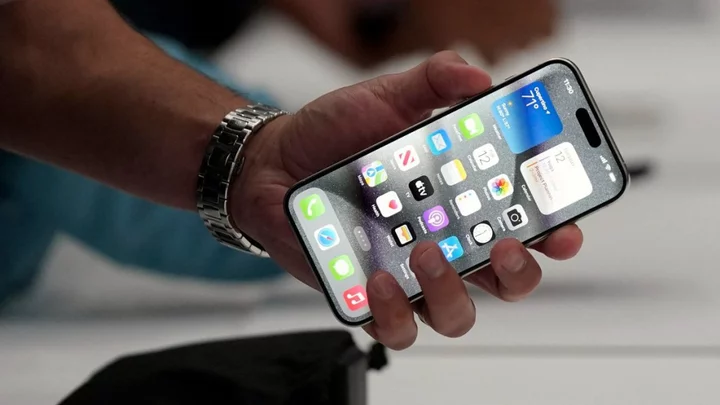
Woman says she was forced to change her name after Apple's latest system update
A new update has meant that Apple users can now say just "Siri" instead of "Hey Siri", but this modification has proven troublesome for one woman who has had to change her name as a result. Siri Price, a 26-year-old personal trainer from Edinburgh is used to having the same name as Apple's voice-activated digital assistant. While Apple's Siri stands for “Speech Interpretation and Recognition Interface," the name Siri is also Old Norse and apparently means “beautiful woman who leads you to victory". Since sharing the same name, the old version of the voice assistant would be triggered by saying the words "Hey Siri". “I work in a gym with a lot of people around so everyone learned quite quickly not to say ‘Hey’ when they greet me or there would be a lot of bleeping going on," she told The Sun. “It was annoying but manageable." But now this command is just "Siri," for the voice to be activated so it means people cannot say Siri's name without causing the voice feature to activate on their phones. As you can imagine, Siri is pretty annoyed with this new update. "Now people can’t even say my name. I’m absolutely fuming," she said. "My workmates had to sit down and think of a workaround because people’s phones have been going off non-stop." Consequently, it means Siri has had to come up with a different name for herself - Siz. “I’m sure Apple could have picked something else instead — there’s plenty of people called Siri and their lives have become just unbearable because of this," Siz added. Although Siz is not alone as those with the name Alexa possibly have similar feelings as their name is also the name of Amazon's virtual assistant. When this happened, it resulted in the name dramatically declining in popularity - perhaps due to parents releasing their child may have the same problem as Siri's. Something for tech companies to keep in mind when they're naming their voice assistants... Sign up to our free Indy100 weekly newsletter Have your say in our news democracy. Click the upvote icon at the top of the page to help raise this article through the indy100 rankings.
2023-10-06 20:58
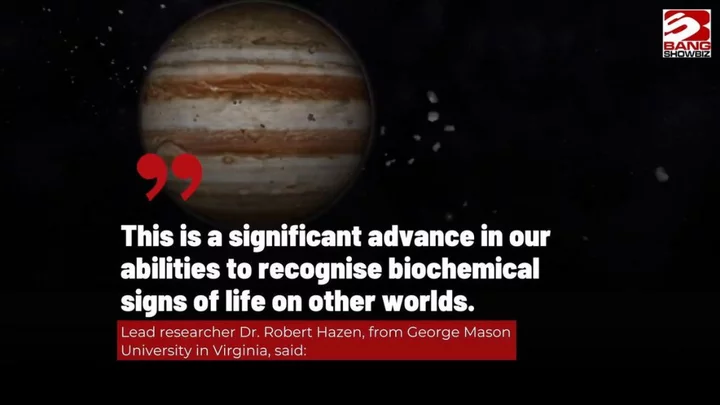
Scientists are using AI to develop simple test to search planets for alien life
Scientists are using AI to search planets for alien life. Researchers writing in the Proceedings of the National Academy of Sciences say artificial intelligence can determine with 90 per cent accuracy whether a sample from another planet is biological or not. Scientists hope that their test could be used on samples already collected by the Mars Curiosity rover’s Sample Analysis at Mars (SAM) instrument. The findings could also help tell us more about our own planet, revealing the history of mysterious and ancient rocks found on Earth. “The search for extraterrestrial life remains one of the most tantalizing endeavors in modern science,” said lead author Jim Cleaves of the Earth and Planets Laboratory, Carnegie Institution for Science, Washington, DC. “The implications of this new research are many, but there are three big takeaways: First, at some deep level, biochemistry differs from abiotic organic chemistry; second, we can look at Mars and ancient Earth samples to tell if they were once alive; and third, it is likely this new method could distinguish alternative biospheres from those of Earth, with significant implications for future astrobiology missions.” The technique was built by giving an artificial intelligent system data about 134 known samples, with information about whether they are biotic or abiotic. To test it, it was then given new samples – including those from living things, remnants of ancient life and other abiotic samples that did not point to life, such as pure chemicals. The system also started predicting another kind of sample type, dividing the biotic ones into “living” and “fossils”. That means it could tell the difference between a freshly harvested leaf and something else that died long ago, for instance. In the future, the technology could become even more advanced and detect other aspects of life. “This routine analytical method has the potential to revolutionize the search for extraterrestrial life and deepen our understanding of both the origin and chemistry of the earliest life on Earth,” said Robert Hazen, of the Carnegie Institution for Science, one of the leaders of the research. “It opens the way to using smart sensors on robotic spacecraft, landers and rovers to search for signs of life before the samples return to Earth.” Sign up to our free Indy100 weekly newsletter Have your say in our news democracy. Click the upvote icon at the top of the page to help raise this article through the indy100 rankings.
2023-10-06 20:37
You Might Like...
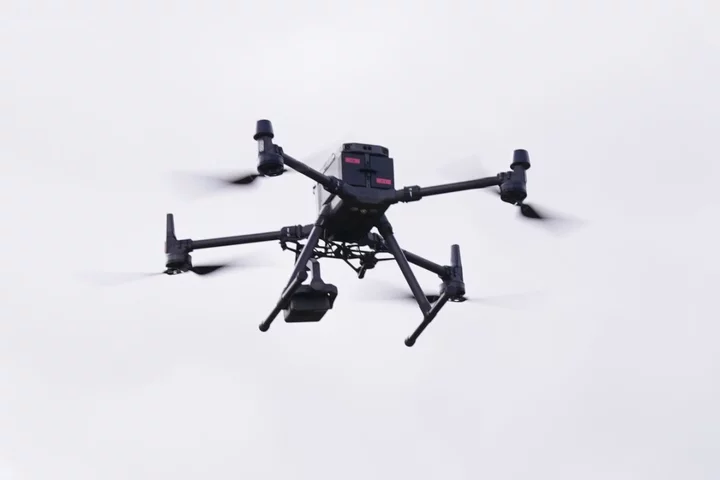
Police to trial use of drones as first responders to emergencies

Prehistoric footwear dating back 6,200 years discovered in a Spanish cave

IMF Boss Says Egypt to ‘Bleed’ Reserves Unless It Devalues Again

Biden says there is need to address security, economic risks posed by AI
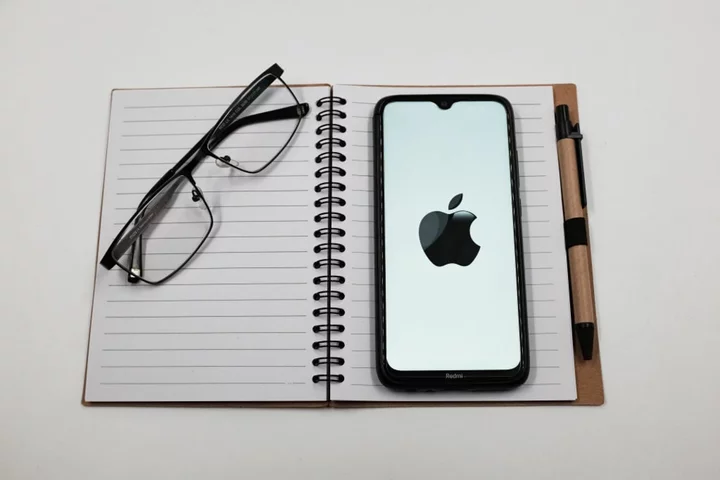
What to expect from Apple's big MacBook Air announcement at WWDC 2023

A newly found ancient language in Turkey is yielding new discoveries

US, Allies Dismantle 20-Year Russian Malware Spying Operation

Nucleai Expands Leadership Team and Scientific Advisory Board with Pharmaceutical Industry Experts
